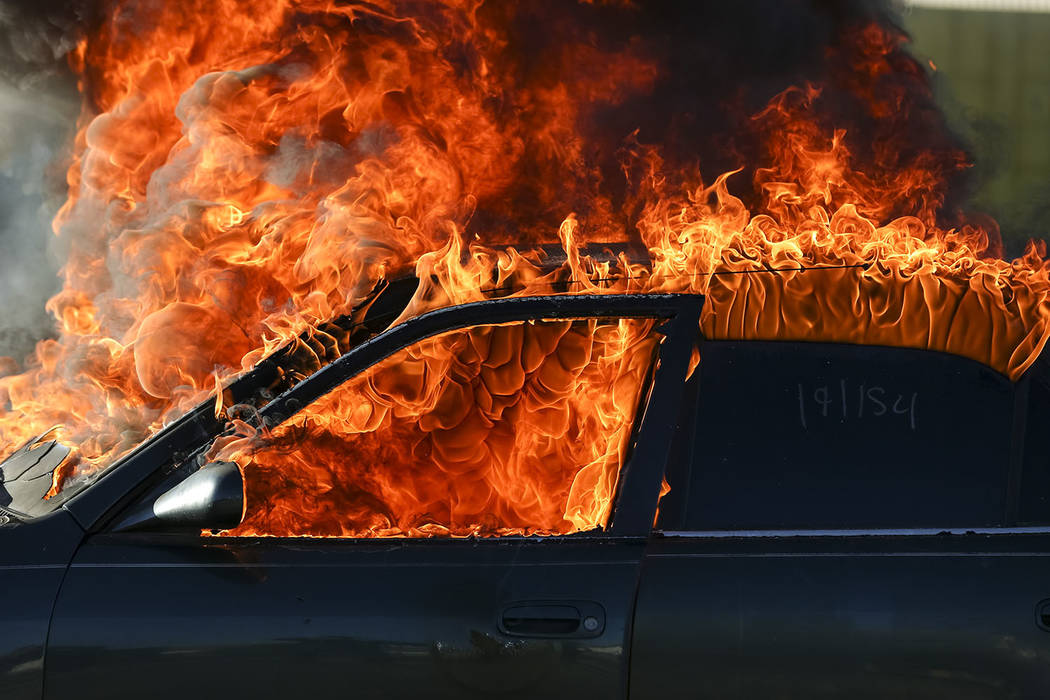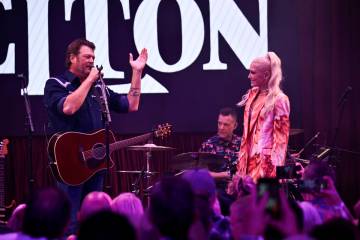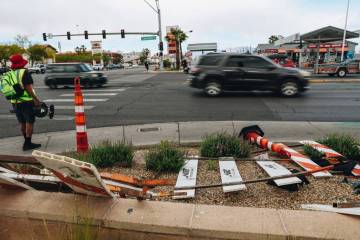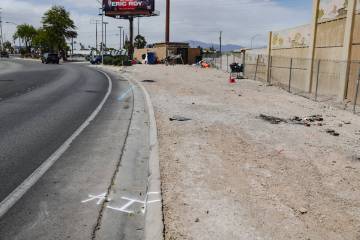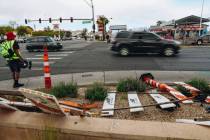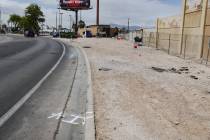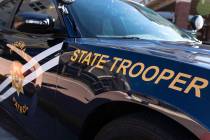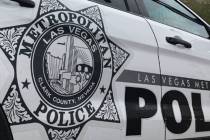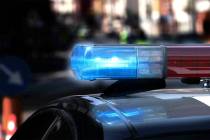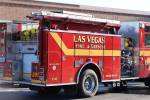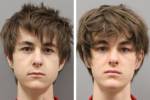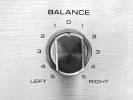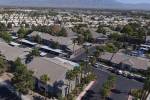Las Vegas seminar shows how to spot insurance fraud, auto arson
As the flames engulfed the green Toyota outside the Clark County Fire Academy on Tropicana Avenue, the glass in the windshield cracked. An explosive popping sound ensued.
“The first air bag,”explained Steve Moore, an analyst for Fire Cause Analysis. “I give this car about six minutes.”
On Friday, Moore was part of a one-day training seminar, sponsored by Western States Auto Theft Investigators, focused on educating investigators about auto arson and detecting insurance fraud.
His organization joined forces with the Clark County Fire Department, insurance agencies and law enforcement to show how to recognize fire patterns and understand how a fire can react in order to detect arson.
“We’re simulating an intentionally set fire by someone who wants to get rid of their car,” he said. “Evidence is left, everything doesn’t just burn away. We work on recognizing the point of origin.”
U.S. fire departments responded to an estimated average of 229,500 vehicle fires per year from 2007 to 2011, according to the National Fire Protection Association.
Those fires caused an average of $1.4 billion in direct property damage a year.
Michael Geeser, a member of the Nevada Insurance Council, said the last time the class took place was a decade ago, when the country was mired in the recession and Nevada was leading in insurance fraud.
“When the unemployment rate is really high, it all goes hand in hand,” Geeser said. “We call it ‘owner give-ups,’ where people light their own car on fire to try to get one over on insurance companies.”
Part of the seminar included investigators looking at already-burned cars and determining where that fire started and why.
“We were able to look for tell-tale signs if a crime was committed,” Geeser said.
Assistant Fire Chief Dan Heenan’s decades of experience has taken him to investigate the 9/11 terrorist attack to fires at casinos on the Strip.
About 60 percent of fires are accidents, 20 are arson, and 20 are undetermined, he said.
Heenan emphasized the importance of ongoing training and understanding thermal effects of fire on the ever-changing technology of vehicles.
“Many people haven’t seen the vehicle actually burning, they only see post-incident,” he said. “By seeing live burns, it makes us better investigators.”
Contact Briana Erickson at berickson@reviewjournal.com or 702-387-5244. Follow @brianarerick on Twitter.



